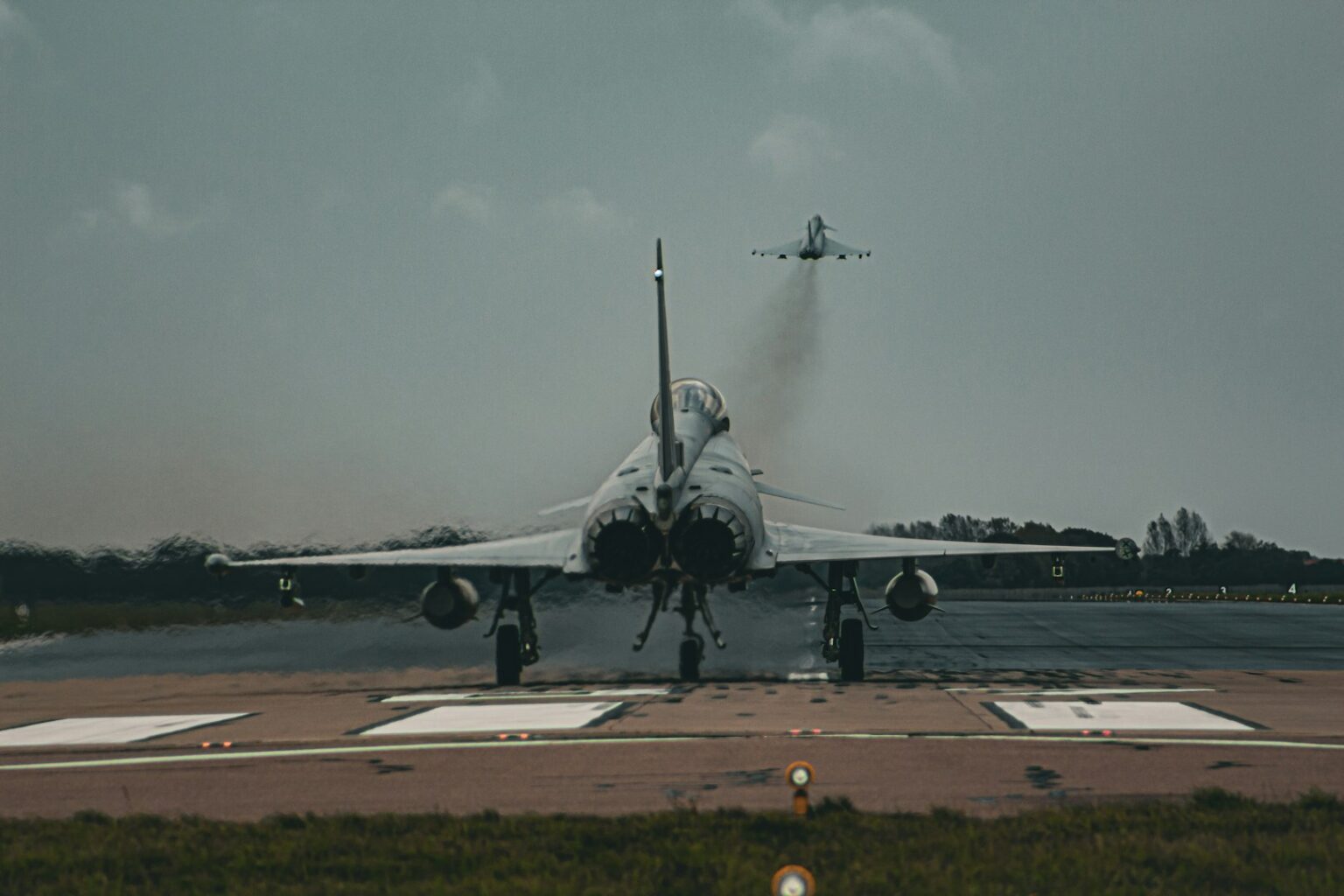Germany is entering a new phase of military modernization. Defense Minister Boris Pistorius (SPD) has received the green light from the parliamentary budget committee for 14 major procurement projects worth more than €7 billion, the Defense Ministry announced on Wednesday.
The investments are financed through the Bundeswehr special fund, created after Russia’s full-scale invasion of Ukraine to strengthen Germany’s defense capabilities. By law, any Bundeswehr procurement exceeding €25 million must be approved by the Bundestag’s budget committee — and this week, the committee gave Pistorius an emphatic go-ahead.
Billions for new Eurofighter jets
The single largest item on Pistorius’ new “shopping list” is the purchase of 20 Eurofighter combat aircraft, at a cost of €3.75 billion. Germany currently operates 138 Eurofighters, and the new batch is expected to be delivered between 2031 and 2034, according to Politico.
Another €800 million is earmarked for 27-millimeter cannon ammunition, ensuring long-term operational readiness for the Luftwaffe’s existing and future fleet.
Armored medical vehicles and airborne units
The army will also receive new equipment:
- 48 armored medical vehicles in the “Boxer” configuration for €620 million
- 150 light airborne combat vehicles (EGF)
- Up to 50 lightweight airborne support vehicles
These new systems are intended to improve mobility, survivability, and medical response capabilities during NATO operations and rapid deployment missions.
Naval upgrades: minehunters and special forces boats
The German Navy will benefit from roughly €400 million in modernization projects. These include new sonar systems for mine-hunting vessels, upgraded satellite communications, and up to 26 special-operations boats for maritime intervention forces.
Together, these upgrades aim to increase Germany’s naval resilience in both the Baltic Sea and North Sea — regions of growing strategic concern since the outbreak of the Ukraine war.
Smaller but vital defense upgrades
Several additional, smaller projects have also been approved, underscoring the Bundeswehr’s broader modernization push:
- Fuel depot modernization – €60 million
- New military radio systems – €100 million
- Floating bridge system for rapid river crossings – €80 million
- Digital integration for the Army Training Center (D-LBO) – €60 million
Still on hold — but not for long
Not all projects made it onto the October list. The “Next Generation” reconnaissance vehicle and the new Boxer wheeled tank, which together were initially slated for €7.2 billion, have been postponed.
Also missing are programs for new drones, sidearms, and replacements for the Heron TP reconnaissance aircraft. However, according to ministry insiders, the next phase of the procurement drive will begin soon.
November round: air defense and anti-drone systems
On November 5, the Bundestag’s budget committee will reconvene to discuss Germany’s next air-defense package. This includes missile interceptors, anti-aircraft tanks, and advanced counter-drone technologies — with additional funding in the hundreds of millions.
The plan reflects Pistorius’ broader strategy: a long-term, incremental modernization of all Bundeswehr branches. With global security tensions rising, Berlin appears determined to ensure Germany can once again “defend itself and its allies effectively,” as the minister recently stated.
A modern army for a new era
While critics warn of bureaucratic slowdowns and cost overruns, Pistorius’ approach marks a clear break from years of underinvestment. If the current procurement schedule holds, Germany will see one of its most significant military upgrades since reunification — laying the foundation for a modern, capable, and digitally networked Bundeswehr by the early 2030s.









